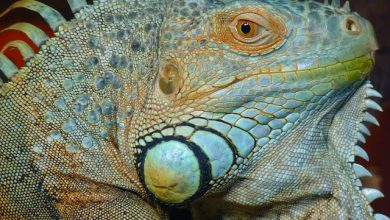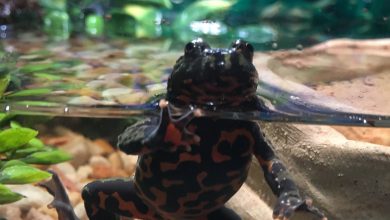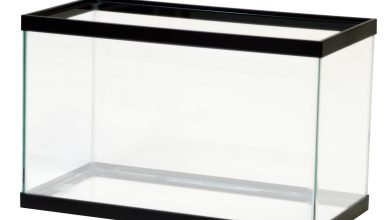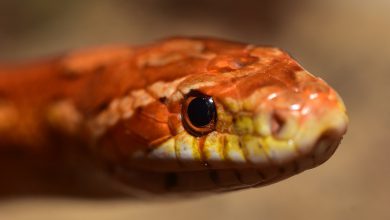Watch Out for These Bioactive Dangers
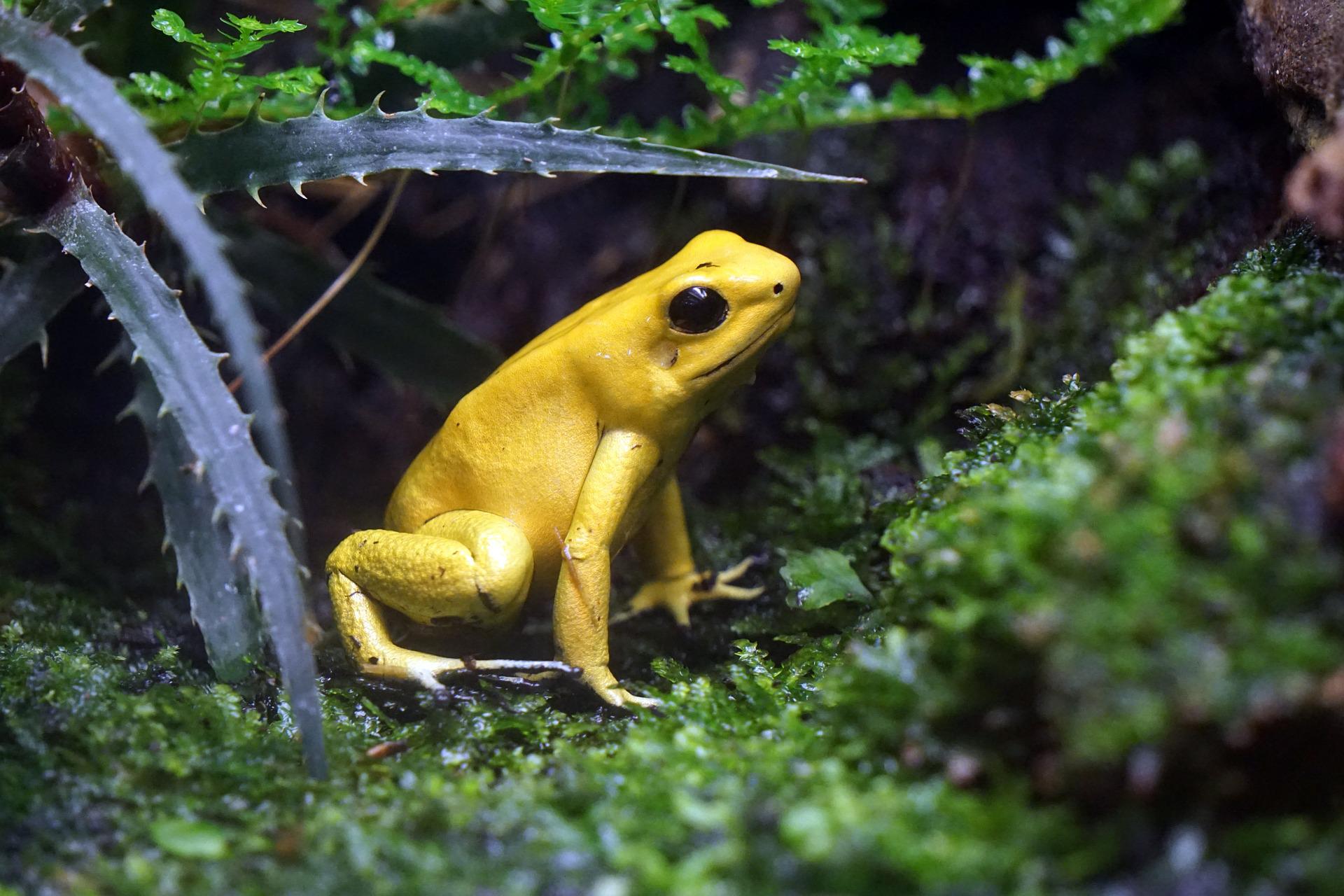
Are you contemplating a bioactive setup to your reptile, amphibian, or invertebrate? Bioactive enclosures are a preferred selection for unique pet keepers, they usually can add enrichment to an animal’s life.
However…
It’s vital that you simply do bioactive the precise approach; in any other case, your animal gained’t reap the advantages of this distinctive kind of setting.
That’s why it is advisable to be careful for these widespread bioactive errors and risks.
The flawed substrate
Substrate performs lots of roles in your unique pet’s enclosure. It’s the principle bedding that your animal will stroll and relaxation on. It’s additionally the place your reptile or amphibian will go away its waste. And for a lot of bioactive enclosures, the substrate is the place your cleanup crew lives.
Which substrate you want relies upon upon the actual species you retain. Generally, although, you’ll need to ensure that it doesn’t irritate their pores and skin and it isn’t harmful if ingested.
You don’t have to make use of something costly, and though you gained’t want to switch substrate as usually in a bioactive tank with a cleanup crew, you’ll often have to high off the substrate after eradicating bigger waste materials that the detritivores can’t maintain.
Incapacity to wash a bioactive tank
As talked about above, you’re not going to be taking out and changing substrate in a bioactive enclosure as a result of the cleanup crew of invertebrates, corresponding to isopods or springtails, goes to be taking good care of a lot of the waste for you.
This introduces one of many huge risks of holding your unique pet in a bioactive setup: you possibly can’t actually clear it.
As a result of the tank custodians reside within the soil, and a bioactive enclosure is commonly stuffed with reside vegetation, as properly, it’s almost inconceivable to essentially clear the tank except you’re taking all the pieces out, clear, and rebuild all of it.
Should you’ve arrange the enclosure correctly, it ought to be largely self-cleaning, but when issues go flawed, it’s undoubtedly a problem.
Parasite issues
One other hazard of bioactive enclosures is that in case your reptile will get sick with a parasite, the custodians within the soil might choose up that parasite from the animal’s waste. Then, in case your pet eats the invertebrates within the tank, it may be reinfected with the parasite.
This is usually a vicious cycle that makes it arduous to deal with your animal, particularly when you don’t understand what’s taking place. Having a separate quarantine enclosure will assist, however you’ll probably want to switch the custodial crew and all of the pure décor within the enclosure in case your animal turns into sick.
This holds true even when you take your animal to the vet for remedy. Eliminating the parasite in your pet doesn’t eliminate any remaining parasites within the setting.
These risks will not be meant to show you away from the venture of holding a bioactive enclosure. They’re merely a heads up that will help you plan forward for doing bioactive within the best, most hassle-free approach.
When you’ve got extra questions on bioactive reptile holding, comply with recommendation from The Tye-Dyed Iguana on Fb.
